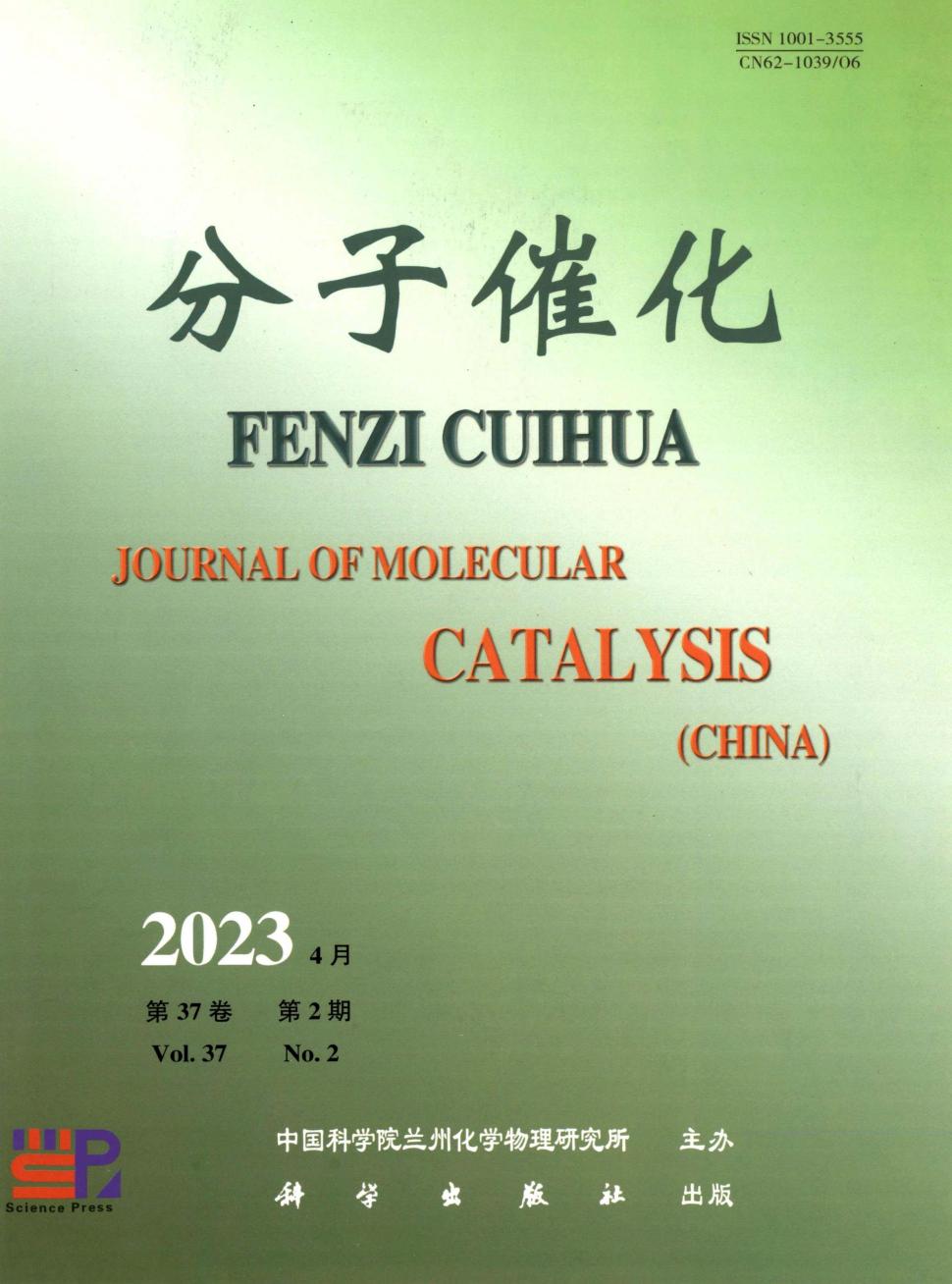在高底物/过氧化氢比下,氧化铬催化过氧化氢叔丁基向苯碳的高效氧转移
Q4 Chemical Engineering
引用次数: 12
摘要
当使用高比例的底物/过氧化氢时,氧化铬(VI)诱导一个氧原子从t-BuOOH准定量转移到苯基亚甲基,相应的羰基化合物是主要的氧化化合物。叔苄基碳的主要反应是羟基化和叔丁基过氧化。在这些条件下,自由基的干扰是次要的反应途径。本文章由计算机程序翻译,如有差异,请以英文原文为准。
Highly efficient oxygen transfer from tert-butyl hydroperoxide to benzylic carbons catalyzed by chromium(VI) oxide under high substrate/ hydroperoxide ratios
Chromium(VI) oxide induces a quasi-quantitative transfer of one oxygen atom from t-BuOOH to a benzylic methylene group when a high ratio of substrate/hydroperoxide is employed, the corresponding carbonyl compound being the major oxidation compound. Hydroxylation and tert-butyl-peroxidation are the main reactions observed for a tertiary benzylic carbon. The interference of free benzylic radicals under these conditions is a minor reactive pathway.
求助全文
通过发布文献求助,成功后即可免费获取论文全文。
去求助
来源期刊

分子催化
Chemical Engineering-Catalysis
CiteScore
1.50
自引率
0.00%
发文量
2959
期刊介绍:
Journal of Molecular Catalysis (China) is a bimonthly journal, founded in 1987. It is a bimonthly journal, founded in 1987, sponsored by Lanzhou Institute of Chemical Physics, Chinese Academy of Sciences, under the supervision of Chinese Academy of Sciences, and published by Science Publishing House, which is a scholarly journal openly circulated both at home and abroad. The journal mainly reports the latest progress and research results on molecular catalysis. It contains academic papers, research briefs, research reports and progress reviews. The content focuses on coordination catalysis, enzyme catalysis, light-ribbed catalysis, stereochemistry in catalysis, catalytic reaction mechanism and kinetics, the study of catalyst surface states and the application of quantum chemistry in catalysis. We also provide contributions on the activation, deactivation and regeneration of homogeneous catalysts, solidified homogeneous catalysts and solidified enzyme catalysts in industrial catalytic processes, as well as on the optimisation and characterisation of catalysts for new catalytic processes.
The main target readers are scientists and postgraduates working in catalysis in research institutes, industrial and mining enterprises, as well as teachers and students of chemistry and chemical engineering departments in colleges and universities. Contributions from related professionals are welcome.
 求助内容:
求助内容: 应助结果提醒方式:
应助结果提醒方式:


